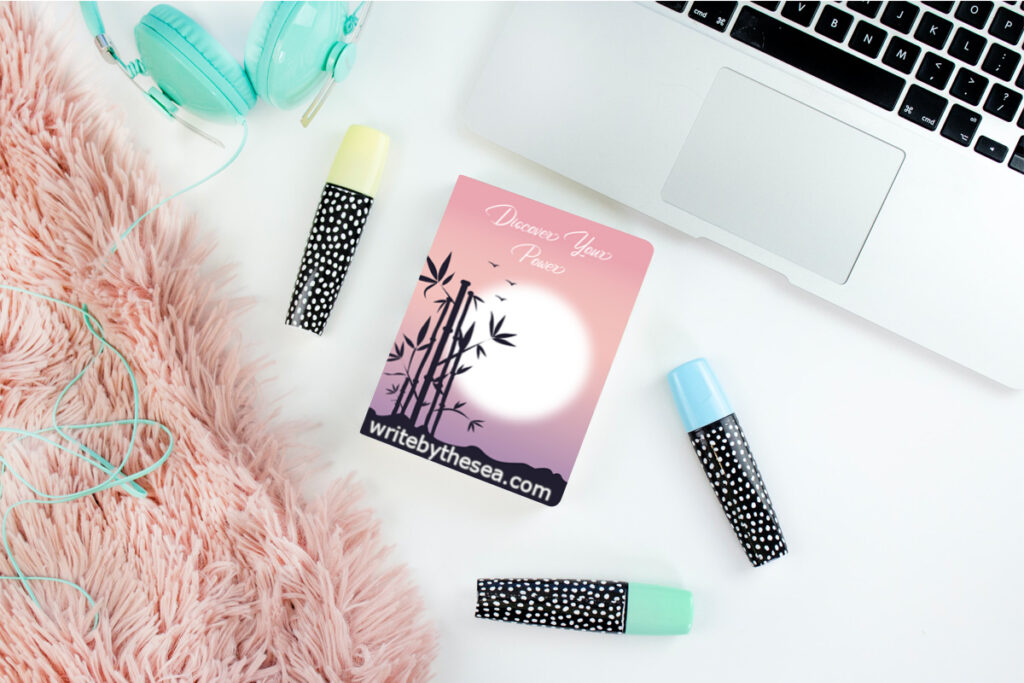Want to write better fiction?
Then see if you’ve developed any of these 10 bad writing habits.
If you have, it’s time to break them.
When you do, your fiction can’t help but improve.

Bad Habit #1. Waiting to Hook Your Reader
Ideally, you want to “hook” your readers with the very first sentence of your story. If you can’t do it in the first sentence, at least do it by the end of the first page.
Bad Habit #2. Including Huge Chunks of Backstory in the First Few Pages
Backstory tends to remind the reader that he is reading a story, whereas plenty of action and dialogue help the reader feel as if he is living the story right along with the characters. Try to eliminate long chunks of backstory as much as you can.
Bad Habit #3. Using Vague or Weak Verbs with Plenty of Adverbs and Adjectives
Why say things like “he said softly” when you can simply say “he whispered”? Strive to use the strongest verbs you can. Strong verbs don’t need modifiers.
Bad Habit #4. Tacking on Too Much Description or Action in Your Dialogue Tags
Dialogue tags are meant to let the reader know which character is speaking. Good tags aren’t noticeable to the reader. But if too many actions or too much description is tacked onto these tags, they begin to stick out to the reader and distract from the story itself. Create a separate sentence if you need to describe what the character is doing as he speaks.
Bad Habit #5. Starting too Many Sentences with Participle Phrases
Participle phrases are a prime example of passive writing. They also stick out to the reader when they are used too often to start a sentence and they distract from the story. Read the work of really good writers and you won’t see many, if any, sentences that start with participle phrases.
Bad Habit #6. Using Few, if Any, Sensory Details
If you want your characters and settings to come alive for your readers, you need to weave plenty of sensory details into the story. Sensory details help “show, not tell” how things felt, smelled, sounded, even tasted to the characters, and therefore, help the reader experience all these story elements, too.
Bad Habit #7. Not Creating a Big Enough Story Problem
What’s at stake in each of your stories? It has to be something BIG! Something the main character really wants to get, solve, or be. If your main character doesn’t really care about the story problem, readers won’t either.
Bad Habit #8. Creating Indistinct Characters
What sets each of your characters apart from the other characters in your story? Be sure each character sounds, looks, and acts differently from all the other characters. Otherwise, it will be too difficult for readers to keep your cast of characters straight.
Bad Habit #9. Not Enough Rising Action
This is probably the biggest bad habit new writers seem to have. They love their characters so much, they hate to see them get into too much trouble or face too many difficulties. But without complications in a story (you must have things get worse and worse for your main character), you really don’t have a story. You simply have a series of incidents.
Bad Habit #10. Unsatisfying Endings
Do your stories end too abruptly with no real resolution? You need to tie up all the loose ends after the climax takes place in your story. Otherwise, you won’t have an ending that satisfies your readers.
Use these 10 bad writing habits as a checklist as you’re writing your next story to help you break these bad habits.
To your success,
Suzanne Lieurance






